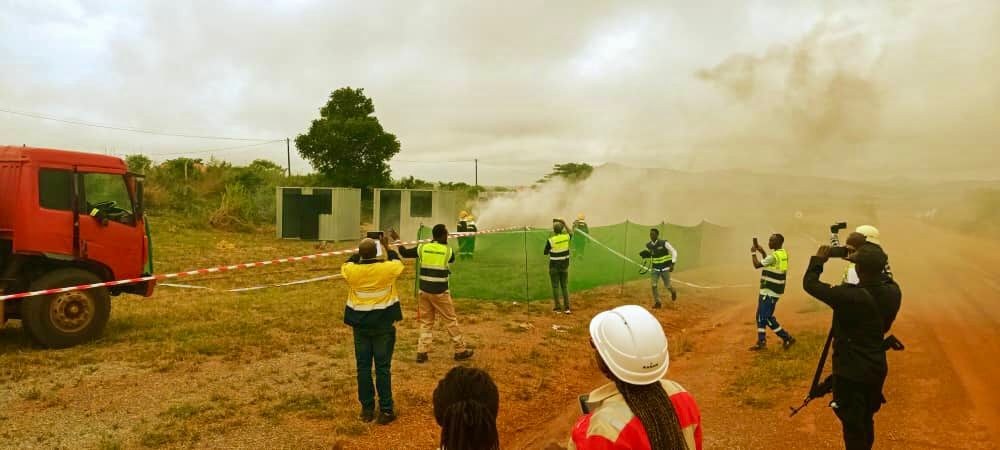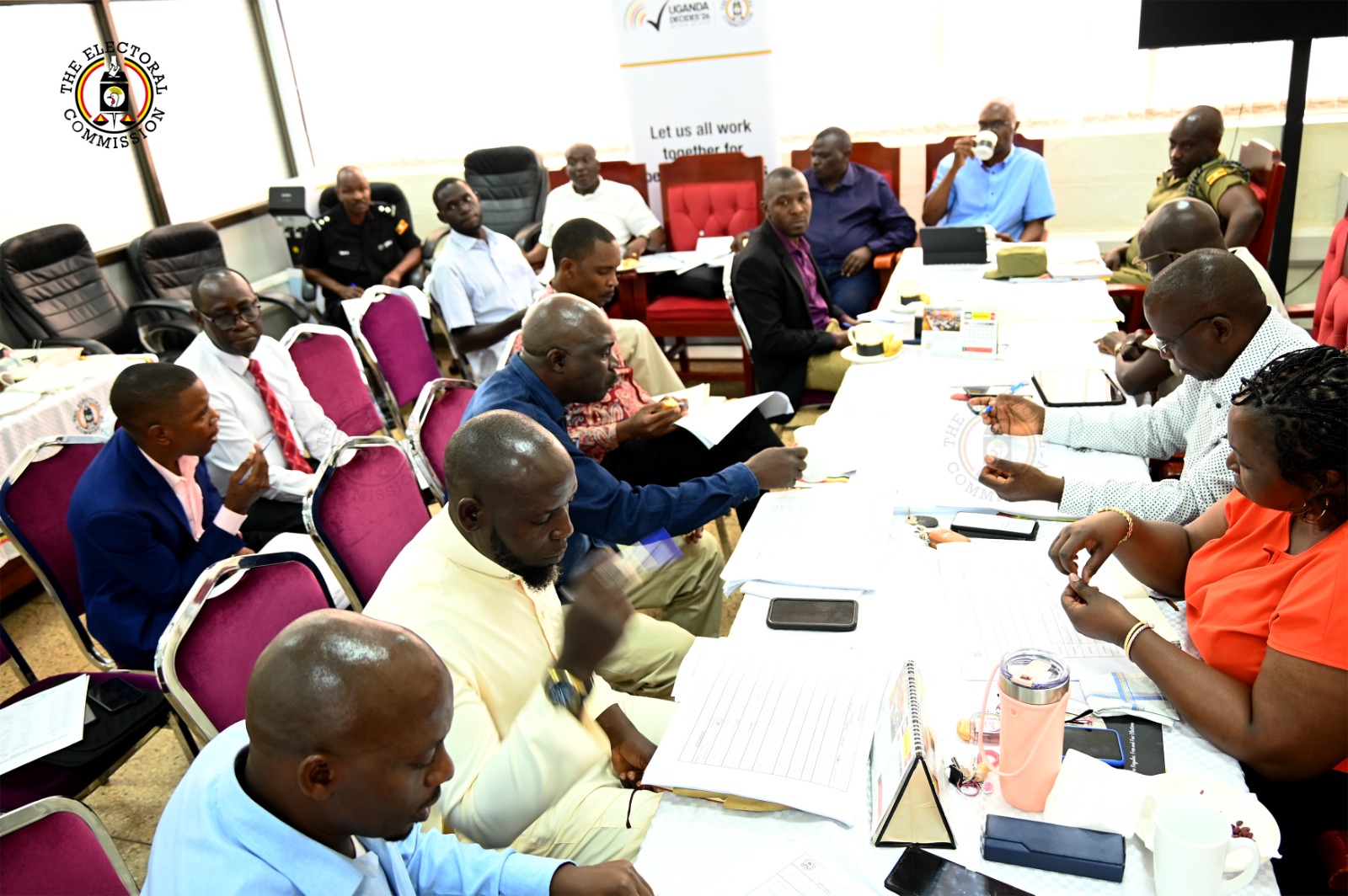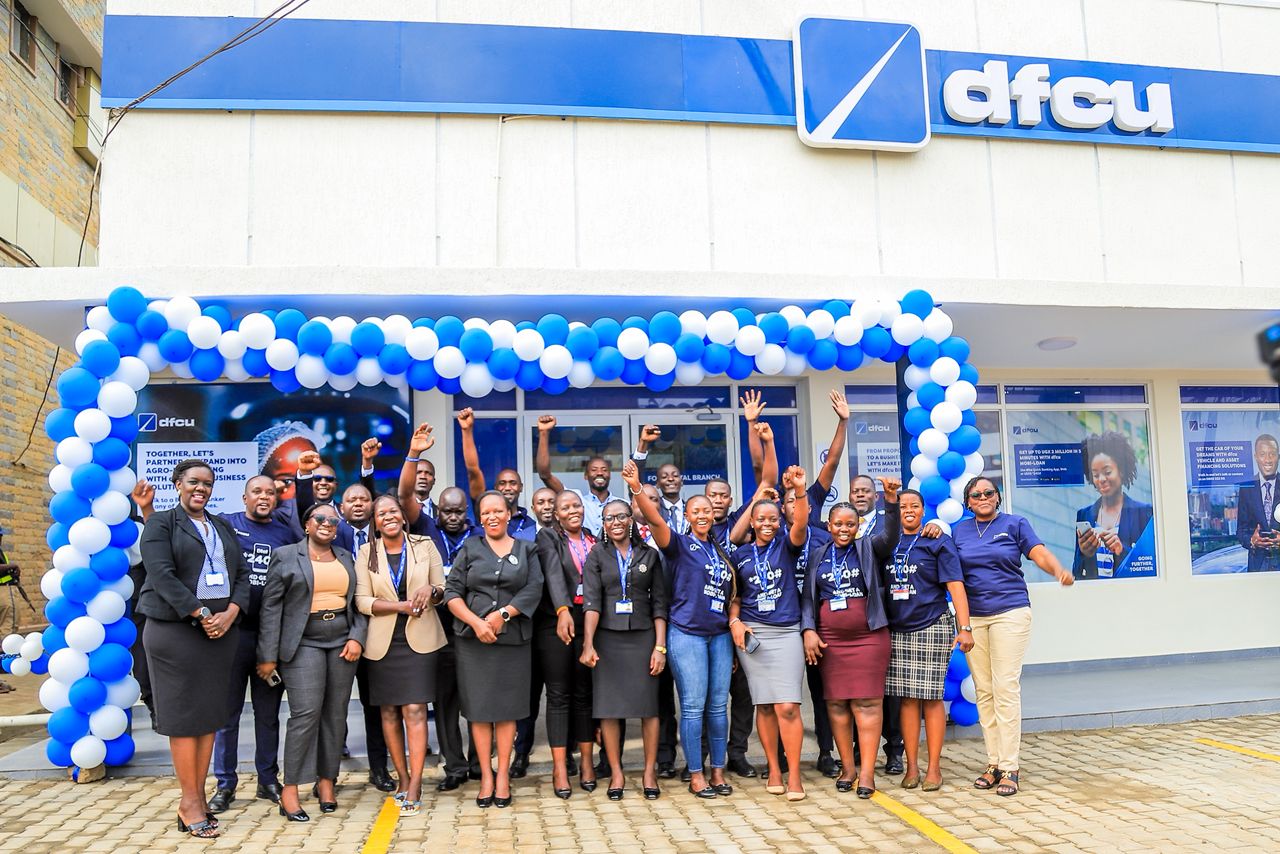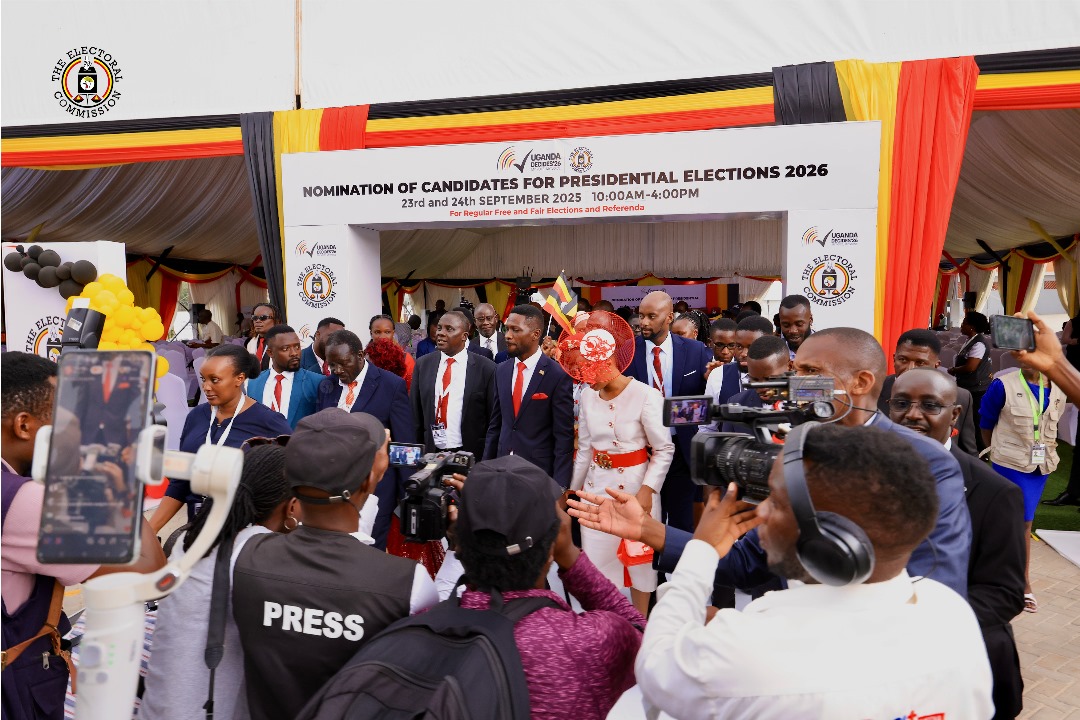Hoima drill exposes gaps in Uganda’s oil emergency preparedness
The emergency response drill has been lauded as a significant step forward, reinforcing the commitment to ensuring that Uganda's vital oil and gas sector is well-equipped to manage potential emergencies, thereby safeguarding national interests as the country embarks on a new era of energy production.

The Petroleum Authority of Uganda (PAU) has underscored the critical need to enhance emergency preparedness within the nation’s burgeoning oil and gas sector following a large-scale emergency response drill conducted at the Kabalega Industrial Park in Hoima District.
The exercise, designed to test the country’s readiness for potential disasters such as fire incidents, revealed significant capacity gaps within government agencies, even as international oil companies demonstrated robust response capabilities.
The simulated fire outbreak at a base camp, which resulted in multiple simulated casualties, brought together key stakeholders including licensed oil companies – TotalEnergies EP Uganda, CNOOC Uganda Ltd, the East African Crude Oil Pipeline (EACOP Ltd), and the Uganda National Oil Company (UNOC).
Crucial government bodies such as the Ministry of Health, the Uganda Police Force, the Uganda People’s Defence Force, the Civil Aviation Authority, and local district governments from the Albertine Graben also participated, aiming to assess their coordinated response to a sector-specific crisis.
During a post-exercise debriefing, Joel Tumwebaze, PAU’s Manager for Health and Safety, highlighted the importance of such drills in identifying areas for improvement as Uganda inches closer to its first oil production. “This exercise has helped us observe the challenges faced by MDAs (Ministries, Departments, and Agencies),” Tumwebaze stated. “Most lack even basic protective gear, and the biggest challenge remains building capacity.”
Tumwebaze elaborated on the findings, noting that a scenario involving only a few casualties exposed weaknesses in manpower and equipment at the district level.
“The lack of manpower and equipment at the district level shows the need to boost capacity to handle emergencies in a sector where thousands of workers may be on site,” he added.
The drill, facilitated by health, safety, and environment consultancy Glauben Industrial Services Ltd, aimed to evaluate the ability of government agencies to supplement the oil companies’ own emergency response plans.
Justus Tumwesigye, Managing Director of Glauben Industrial Services Ltd, emphasized that while international oil companies possess sophisticated emergency systems, government bodies must be prepared to intervene when incidents surpass company-level capacity.
“Oil is a national resource, and government agencies must be prepared,” Tumwesigye remarked. He also pointed to challenges such as “frequent changes in security leadership, such as District Police Commanders, [which] hinder sustained capacity building.” Tumwesigye further stressed the need to “harmonise standards so MDAs can match the high benchmarks of oil companies.”
Presiding over the closing session, Brig. Gen. Fredrick Rugadya, Head of the National Emergency Coordination and Operations Centre (NECOC) in the Office of the Prime Minister, underscored the imperative of regular drills.
“This is a national treasure; we cannot afford to prepare only occasionally. A disaster could be catastrophic. Stakeholders’ capacities must be strengthened continuously to ensure we are always ready,” he urged.
The emergency response drill has been lauded as a significant step forward, reinforcing the commitment to ensuring that Uganda’s vital oil and gas sector is well-equipped to manage potential emergencies, thereby safeguarding national interests as the country embarks on a new era of energy production.







